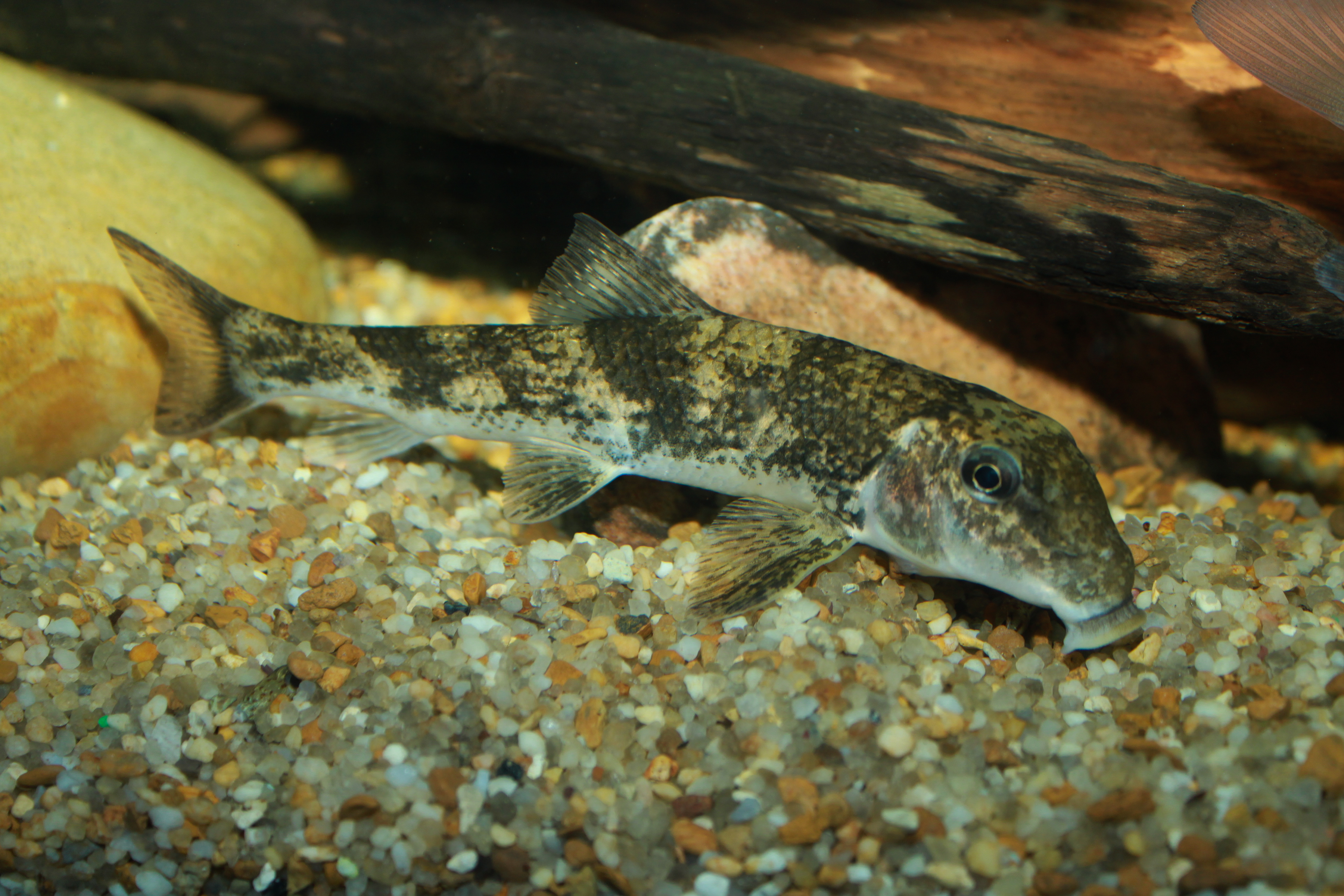|
Catostomus Insignis
The Sonora Sucker (Gila Sucker), ''Catostomus insignis'', is a medium-sized catostomid fish with 16 other species in the genus scattered throughout North America. This species is remarkably similar in appearance to the Yaqui Sucker The Yaqui sucker (''Catostomus bernardini'') is a species of ray-finned fish in the family Catostomidae. It is found the Aridoamerica region of northern Mexico and south-western United States. ''Catostomus bernardini'' or Yaqui sucker belongs to ... (''C. bernardini''). Description Sonora suckers have a fusiform body, with large heads and chubby figures. They have generally large lower lips, with no fleshy lobes. Sonora suckers have unique square dorsal fins, and relatively large scales (but fewer than most fish in the genus ''Catostomus''). Their coloration is distinctly bi-colored, with a yellow underside and brownish dorsal side. Each scale has discrete outlines to form a definite spot. Adults can reach a length of 80 cm (31.5 in), ... [...More Info...] [...Related Items...] OR: [Wikipedia] [Google] [Baidu] |
Spencer Fullerton Baird
Spencer Fullerton Baird (; February 3, 1823 – August 19, 1887) was an American naturalist, ornithologist, ichthyologist, Herpetology, herpetologist, and museum curator. Baird was the first curator to be named at the Smithsonian Institution. He eventually served as assistant Secretary of the Smithsonian from 1850 to 1878, and as Secretary from 1878 until 1887. He was dedicated to expanding the natural history collections of the Smithsonian which he increased from 6,000 specimens in 1850 to over 2 million by the time of his death. He published over 1,000 works during his lifetime. Early life and education Spencer Fullerton Baird was born in Reading, Pennsylvania in 1823. His mother was a member of the prominent Philadelphia Biddle family; he was a nephew of Speaker of the Pennsylvania Senate Charles B. Penrose and a first cousin, once removed, of U.S. Senator Boies Penrose and his distinguished brothers, R. A. F. Penrose Jr., Richard, Spencer Penrose, Spencer, and Charles Bingham ... [...More Info...] [...Related Items...] OR: [Wikipedia] [Google] [Baidu] |
Charles Frédéric Girard
Charles Frédéric Girard (8 March 1822 – 29 January 1895) was a French biologist specializing in ichthyology and herpetology. Born in Mulhouse, France, he studied at the College of Neuchâtel, Switzerland, as a student of Louis Agassiz. In 1847, he accompanied Agassiz as his assistant to Harvard University. Three years later, Spencer Fullerton Baird called him to the Smithsonian Institution to work on its growing collection of North American reptiles, amphibians and fishes. He worked at the museum for the next ten years and published numerous papers, many in collaboration with Baird. In 1854, he was naturalized as a U.S. citizen. Besides his work at the Smithsonian, he managed to earn an M.D. from Georgetown University in Washington, D.C. in 1856. In 1859 he returned to France and was awarded the Cuvier Prize by the Institute of France for his work on the North American reptiles and fishes two years later. When the American Civil War broke out, he joined the Confederate ... [...More Info...] [...Related Items...] OR: [Wikipedia] [Google] [Baidu] |
Catostomidae
The Catostomidae are the suckers of the order Cypriniformes, with about 78 species in this family of freshwater fishes. The Catostomidae are almost exclusively native to North America. The only exceptions are ''Catostomus catostomus,'' found in both North America and Russia, and ''Myxocyprinus asiaticus'' found only in China. In the Ozarks they are a common food fish and a festival is held each year to celebrate them. ''Ictiobus cyprinellus'' can reach an age up to 112 years, making it the oldest known freshwater teleost. Description and biology The mouths of these fish are most commonly located on the underside of their head ( subterminal), with thick, fleshy lips. Most species are less than in length, but the largest species (''Ictiobus'' and '' Myxocyprinus'') can surpass . They are distinguished from related fish by having a long pharyngeal bone in the throat, containing a single row of teeth. Catostomids are most often found in rivers, but can be found in any freshwate ... [...More Info...] [...Related Items...] OR: [Wikipedia] [Google] [Baidu] |

